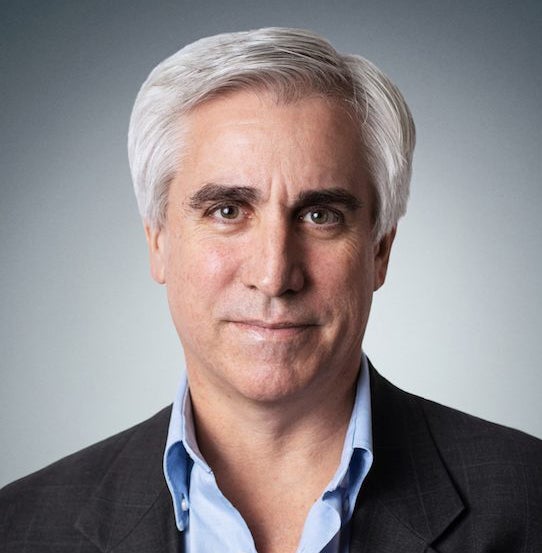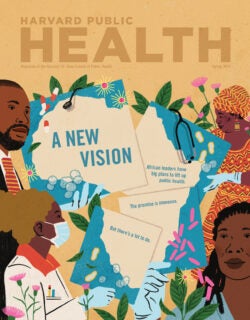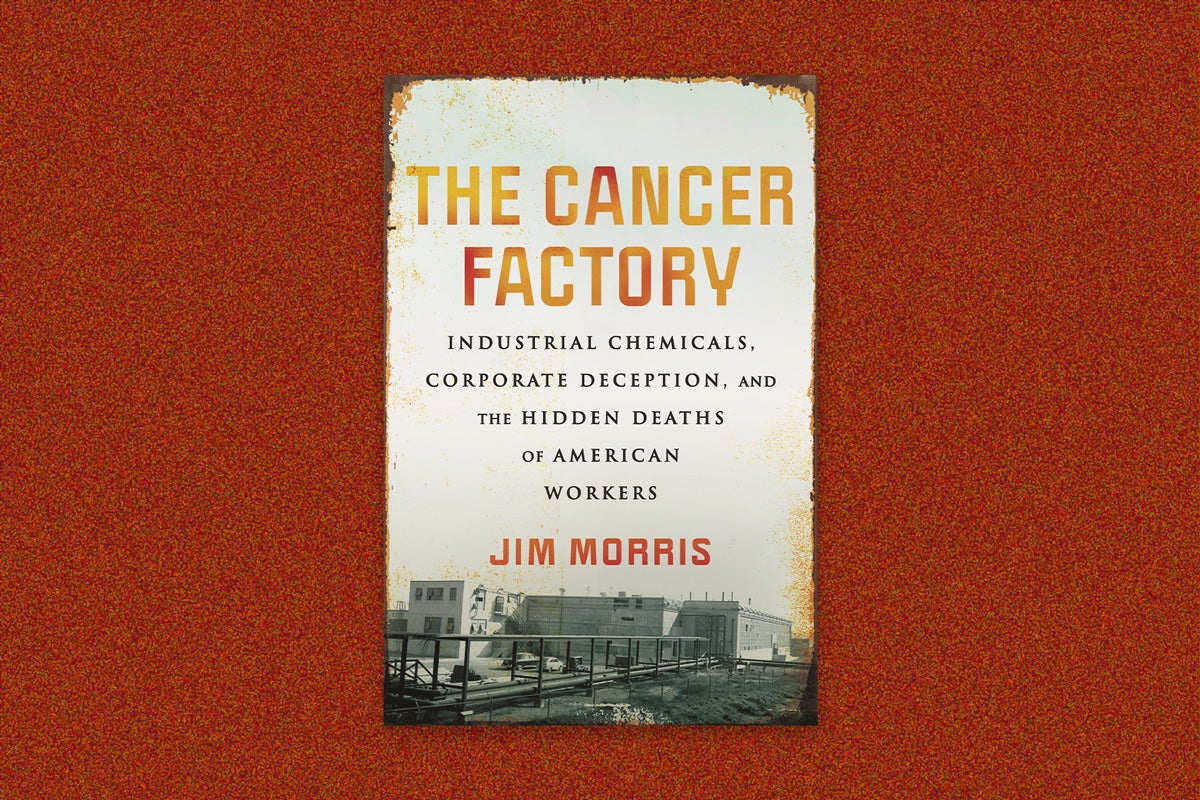Opinion
We’re already ignoring the next pandemic
Another pandemic is upon us, and policymakers are once again proving slow to respond, to the detriment of global health.
Infections from drug-resistant bacteria, such as E. coli, Staphylococcus aureus, and Klebsiella pneumoniae, among others, are now a leading global killer. In January, The Lancet published a study reporting that drug-resistant bacteria took 1.27 million lives in 2019, more than HIV/AIDS or malaria. One in five of those deaths occurred in children five and under. It isn’t the first time we’ve heard alarms about these nasty bugs; typically, policymakers hit the snooze button on addressing this growing threat. The Lancet paper made the costs of inaction painfully clear and underscored why governments need to urgently pursue policies that spur innovation of new antibiotics, safeguard our existing treatments, and improve efforts to track and diagnose these pathogens wherever they crop up.
Sign up for Harvard Public Health
Delivered to your inbox weekly.
Few if any drugs have benefited society as significantly as antibiotics. Between the 1940s and 1970s, companies brought to market dozens of antibiotics that saved many millions of lives. But then discovery got harder, the ROI got smaller, investors went elsewhere, and innovation withered. All the while bacteria, which have spent four billion years or so surviving various existential crises, evolved mechanisms to evade our antibiotics.

There are a dozen drug-resistant pathogens on the World Health Organization’s most-wanted list. Globally, we have only 41 antibiotics targeting these priority pathogens in clinical development—meaning they’re being studied in patients to demonstrate safety and efficacy, per a recent study in Antimicrobial Agents and Chemotherapy. For comparison, some 1,300 oncology treatments are in the same stages of the pipeline.
This paucity of antibiotic innovation should frighten everyone. Antibiotics aren’t just about treating ear infections or sore throats—they are critical infrastructure in the world of modern medicine, safeguarding patients from infections, and allowing clinicians to deliver a wide range of care, from surgery to chemotherapy to caesarean sections. Now this infrastructure is buckling under the pressure of antibacterial resistance.
The menace of antibiotic resistance should be the priority of every legislator in every place where policy is set.
The last time a new class of antibiotics was developed, Ronald Reagan was president. In the following decades, many companies shuttered their antibiotic programs because it’s almost impossible to turn a profit on them. Our market values drugs by sales volume. Antibiotics deliver enormous societal benefits, but patients take them for short durations (a week or two, typically) and bacteria evolve so rapidly that new antibiotics must be conserved for worst-case scenarios to preserve their effectiveness and reduce the speed at which resistance emerges. These are some of the reasons why combined U.S. sales of the top 10 antibacterial products in 2018 totaled $644 million. That same year, a single rheumatology drug, Humira, topped $13.6 billion.
To rekindle antibiotic development, a consortium of pharmaceutical companies recently teamed up with the Wellcome Trust, the European Investment Bank, and other philanthropies to invest $1 billion into the AMR Action Fund, which I run. We’re the world’s largest public-private partnership supporting antibiotic development, and our task is to independently invest that $1 billion in a range of biotech companies. In April, we announced our first investments, into Adaptive Phage Therapeutics and Venatorx Pharmaceuticals, and we expect to commit at least $100 million this year. The overarching goal is to help bring two to four new antibiotics to market over the next decade. It is an ambitious endeavor that could make a real difference for patients in need. But we can’t fend off superbugs by ourselves and two to four new antibiotics is not enough.
What the world desperately needs is a new golden age of antibiotics. To get there we need a different way to value these drugs. One approach that we think could work is a subscription model that shifts a drug’s value away from its sales volume. In the U.S., the bipartisan-sponsored PASTEUR Act proposes that the government would pay $750 million to $3 billion over 10 years for steady access to newly approved antibiotics that target the most urgent threats, regardless of how often the drug is administered. The UK and Sweden are piloting similar subscription models, and the European Commission is currently debating ways to best incentivize companies to pursue antibiotics. Policies that encourage innovation and make the marketplace more predictable would go a long way toward ensuring that new antibiotics are always flowing into the pipeline and that our treatments evolve alongside these pathogens that cause so much misery.
New drugs, however, are only one piece of a very complex puzzle. We also need investments and policies to nurture the development of cost-effective rapid diagnostics—without good diagnostics, it almost doesn’t matter what drugs are on the pharmacy shelf. And we need policies that promote antibiotic stewardship to cut down on needless prescriptions (a major driver of resistance) and plans to ensure access to new antibiotics in low- and middle-income countries, where superbugs are flourishing at alarming rates. But access has to be coordinated—overuse could accelerate resistance, so policymakers will need to work early and often with industry, ministries of health, and other key players to find the right path forward.
The menace of antibiotic resistance should be the priority of every legislator in every place where policy is set. Thanks to COVID-19, we have all seen how quickly public health threats can turn into global health nightmares. When it comes to superbugs, it’s time for policymakers to stop hitting the snooze button and wake up.
Skinner photo: Courtesy of AMR Action Fund



